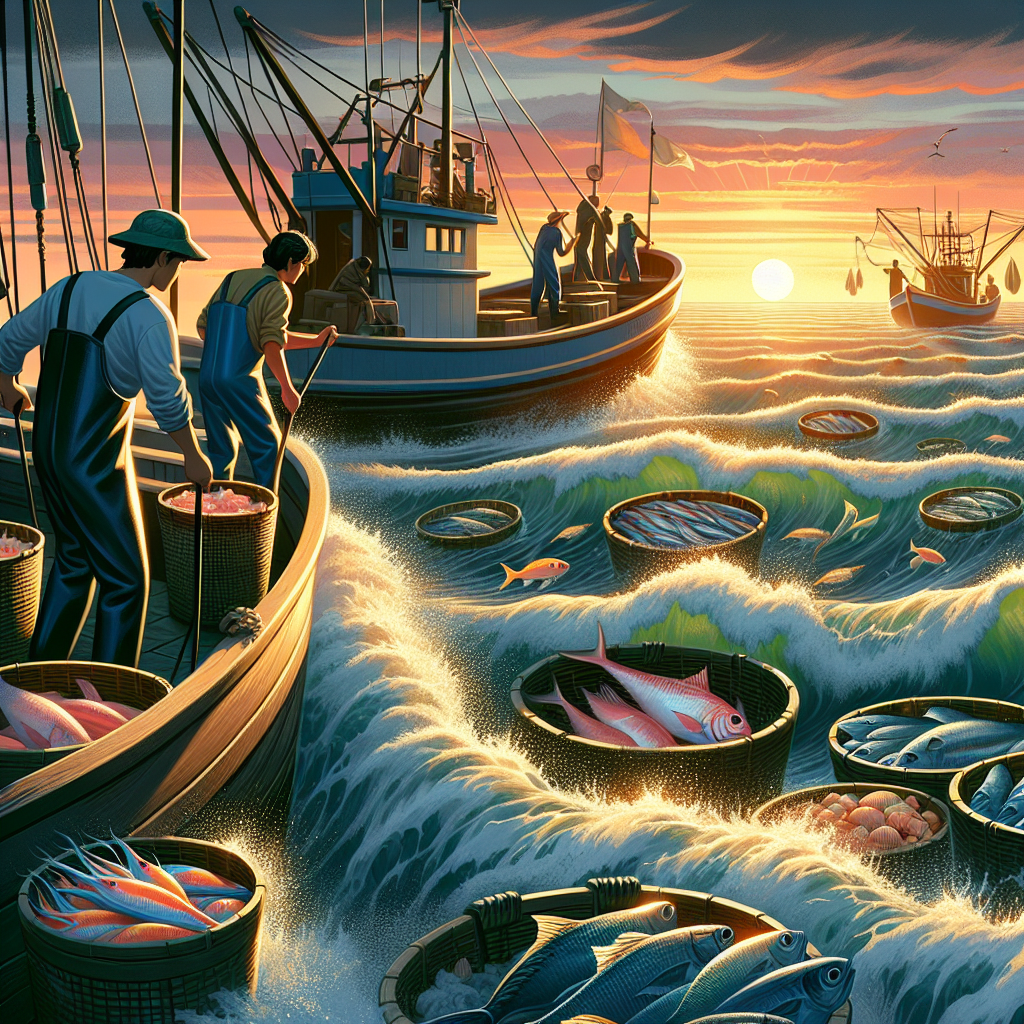Increased Kina Catch Limits and New Special Permits Introduced
To combat this, the recreational daily catch limit for kina in the Auckland East Fisheries management area will be increased to 150 from 1 August 2024.

- Country:
- New Zealand
Oceans and Fisheries Minister Shane Jones has announced measures to address the issue of kina barrens along the northeastern North Island. These barrens occur when an overpopulation of kina and long-spined sea urchins consume healthy kelp forests, creating barren areas that harm marine life.
To combat this, the recreational daily catch limit for kina in the Auckland East Fisheries management area will be increased to 150 from 1 August 2024. Additionally, a new special permit for the targeted removal of kina is now available for application. These measures aim to involve local communities in addressing the issue.
"I’ve made addressing kina barrens a priority, and it’s clear from the feedback received on these measures that many New Zealanders share my concerns," said Mr. Jones. "Increasing the recreational daily catch limit and approving a new special permit will enable communities to get involved in combatting this issue."
The new catch limit applies to the North Island’s east coast, from North Cape in Northland to Cape Runaway in the Bay of Plenty. The special permit allows individuals or organizations to harvest, cull, or move kina to restore habitats or prevent barrens from developing. Applicants must provide evidence of a current or potential kina barren in the area.
“These measures won’t fix kina barrens immediately, or on their own, but they will give people more tools to take on kina barrens in their rohe and greater ownership over the health of their coastline,” Mr. Jones noted.
Jones also emphasized the continuation of efforts to expand scientific knowledge and explore further options to address kina barrens. He thanked those who provided feedback and participated in discussions, expressing confidence in the collective effort to restore kelp forests and support marine biodiversity.
- READ MORE ON:
- Kina Barrens
- Shane Jones
- North Island
- Auckland East Fisheries










